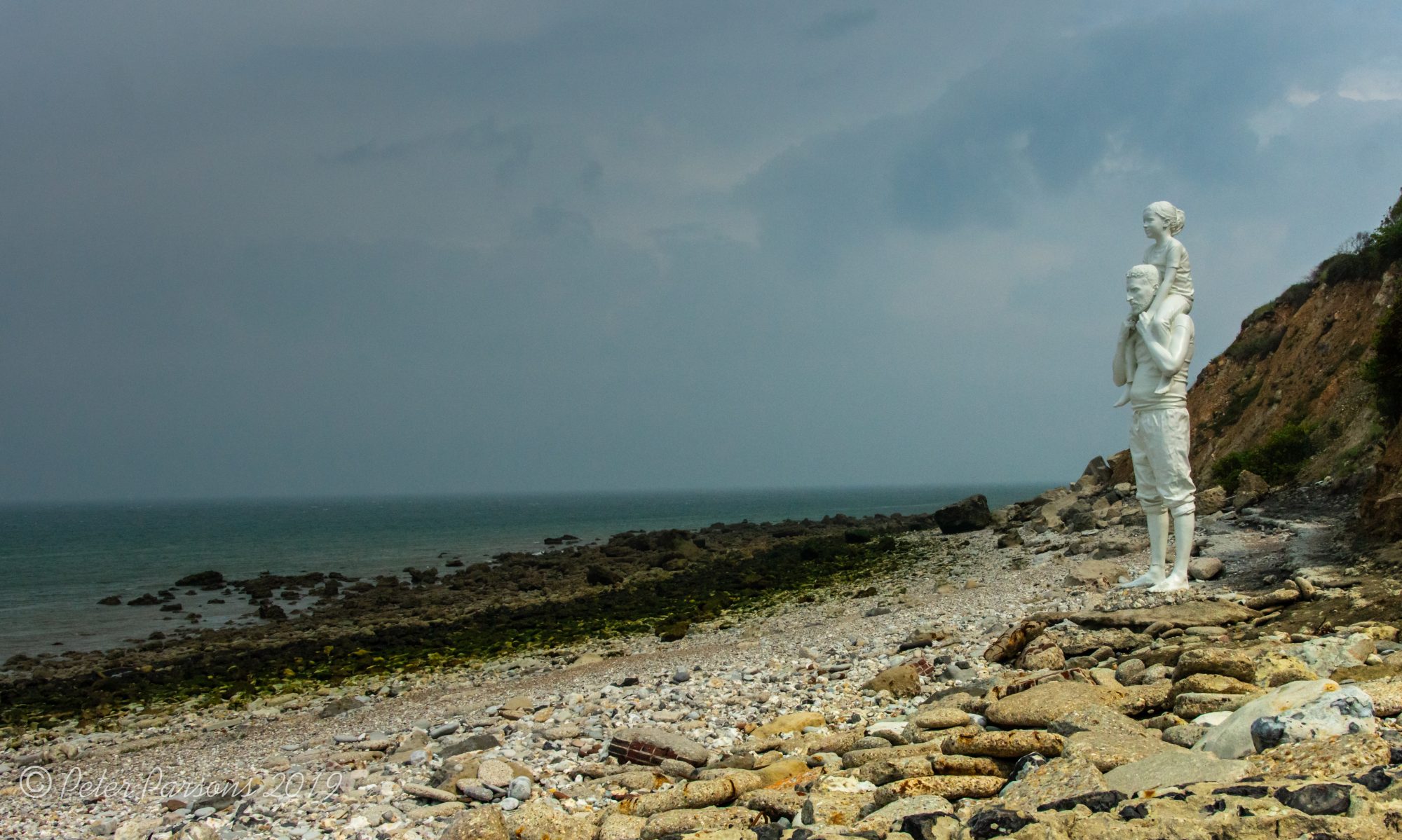When I started my family research, I quickly traced my paternal grandmother’s line back to Charles Schooling and his parents Henry David Schooling and Margaret Tomlinson. They married in 1832 in St Anne’s, Soho, and had two children: Charles in 1833 and Mary Ann in 1835. Apart from being described as a ‘sawyer’ on Charles’ 1859 marriage certificate however, I was unable to find anything more about Henry; he didn’t appear in any census entries, had no death certificate and left no will.
Then, in the summer of 2008, I was watching an episode of the BBC’s “Who Do You Think You Are?” when a guide in the Metropolitan Police Museum made reference to the Times Newspaper’s online archive, which I’d not heard of. By then, finding Henry had become an obsession, so this was something new to try. Reaching for my laptop, I began the search and was amazed to see the following story unfurl:
On Christmas Day, 1835 a “most melancholy and fatal accident” which “tended greatly to mar the pleasures of the day” occurred on the Serpentine in Hyde Park. As a result of a heavy over-
A few days later Stephens, an undertaker, wrote to The Times to highlight the plight of the widow Schooling and her two infant children who had been left destitute by the incident. Whether they had witnessed the tragic events was not recorded, but it was Christmas Day, after all, so would Henry have gone skating alone?
Searching Bull Inn Court in the 1841 census, I found Henry’s son Charles Schooling still living there with John and Mary Tomlinson, who I later confirmed were Margaret’s parents. There was no sign of Margaret or her daughter.
Much as it would today, the finger pointing began almost immediately, with The Times carrying letters criticising the Royal Humane Society for failing to save more of the unfortunate victims, despite there being a boat house and a newly-
The inquest was held on the night of the 26th at the Barley Mow, Grosvenor Square. The bodies of the victims had been conveyed to an adjacent workhouse to be viewed by the jury who were distressed by the severe injuries on the chests of several of the bodies, attributed to the drags used to recover them from the water.
Bastin, the first witness examined, had been at the Receiving House when the first man was brought in, stripped and put into a hot bath. He stated that parts of the ice had been very dangerous, and that he and his men had vainly attempted to prevent skaters venturing onto it by placing warning notices on those parts deemed unsafe and by depositing coils of rope on the banks in case they were needed.
The next witness, McCaskin, a drummer in the Scotch Fusiliers, testified that he himself jumped into the frozen river and saved at least five people before he was obliged to leave for fear of being censured at his barracks for being late.
Other witnesses stated that some considerable time had passed before there had been any sign of the Society’s men, and that several bystanders had tried to throw ropes to the unfortunate men, without effect. Another witness stated that at one time ropes had been commonly placed across the river with a man in attendance at each end so that they could be drawn over any part where the ice had given way, but that the Society had discontinued the practice. A witness from the Society responded that the practice had been discontinued because skaters and “the mischievous” regularly cut them to pieces. The jury returned a verdict of Accidental Death and remarked that they could find no proof of neglect by the Society.
A few weeks later, the Royal Humane Society published the results of their own investigation, which included interviews with the witnesses from the Inquest. The report found that in every case, “life had been extinct” before the bodies had been brought into the Receiving House –
As for Bastin, the superintendent of the Society’s Receiving House, it was reported that he had been on continual duty for several days and nights without sleep, from which it was inferred that he was “not in a condition to bear the moderate quantity of stimulus to which he had resorted to counteract the effects of cold”. The report concluded that he was thus not fit to discharge his duty on the fateful day, although there was no reason to believe that he had indulged to any immoderate extent. He nevertheless resigned his post.
This is clearly a fascinating and tragic story, but it also shows how seemingly ordinary ancestors can be wrapped up in extraordinary events. Had he lived, Henry Schooling would probably not have troubled historians beyond being a name in the census indexes, and yet his tragic death, and the events surrounding it, are now a colourful part of our family history.
